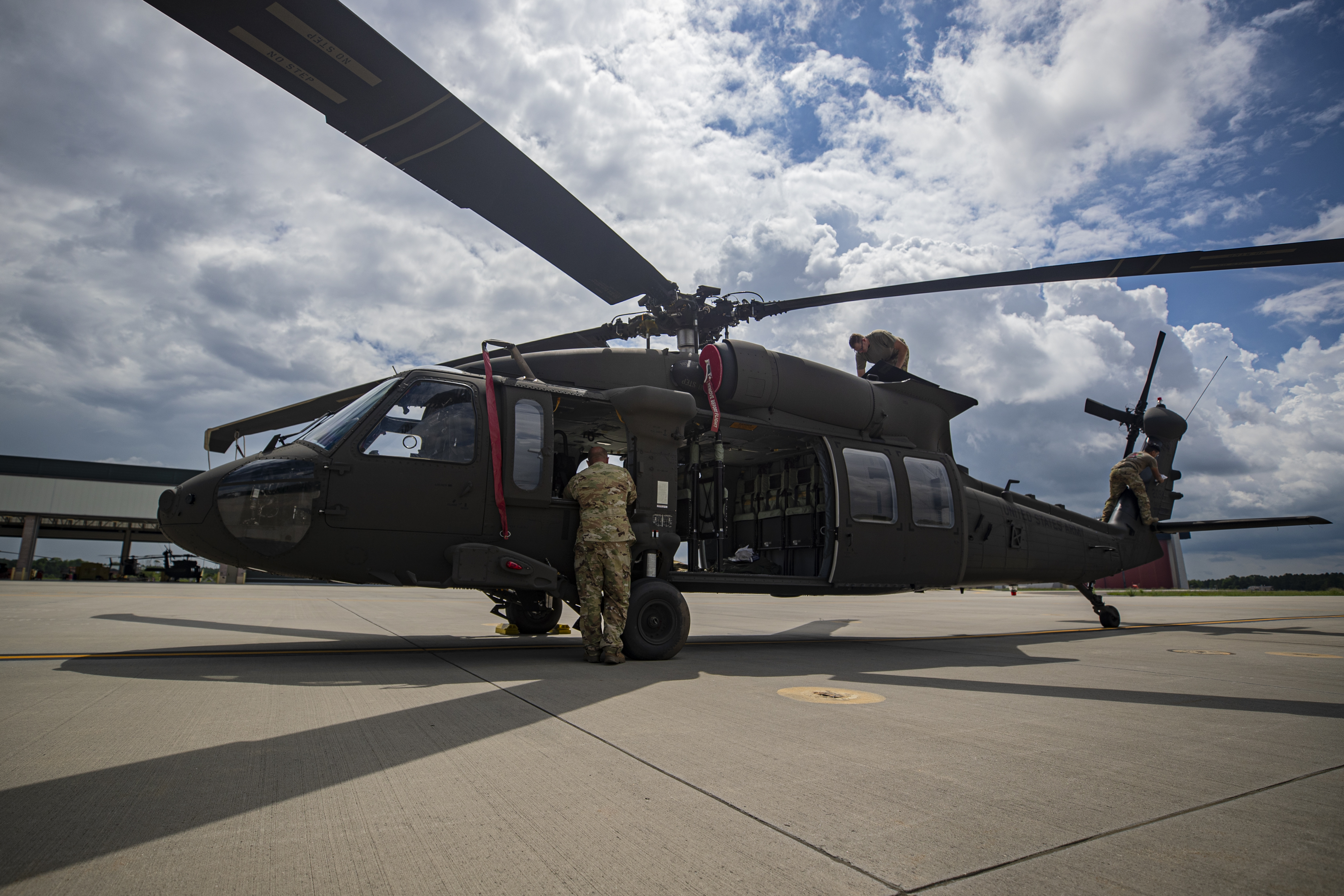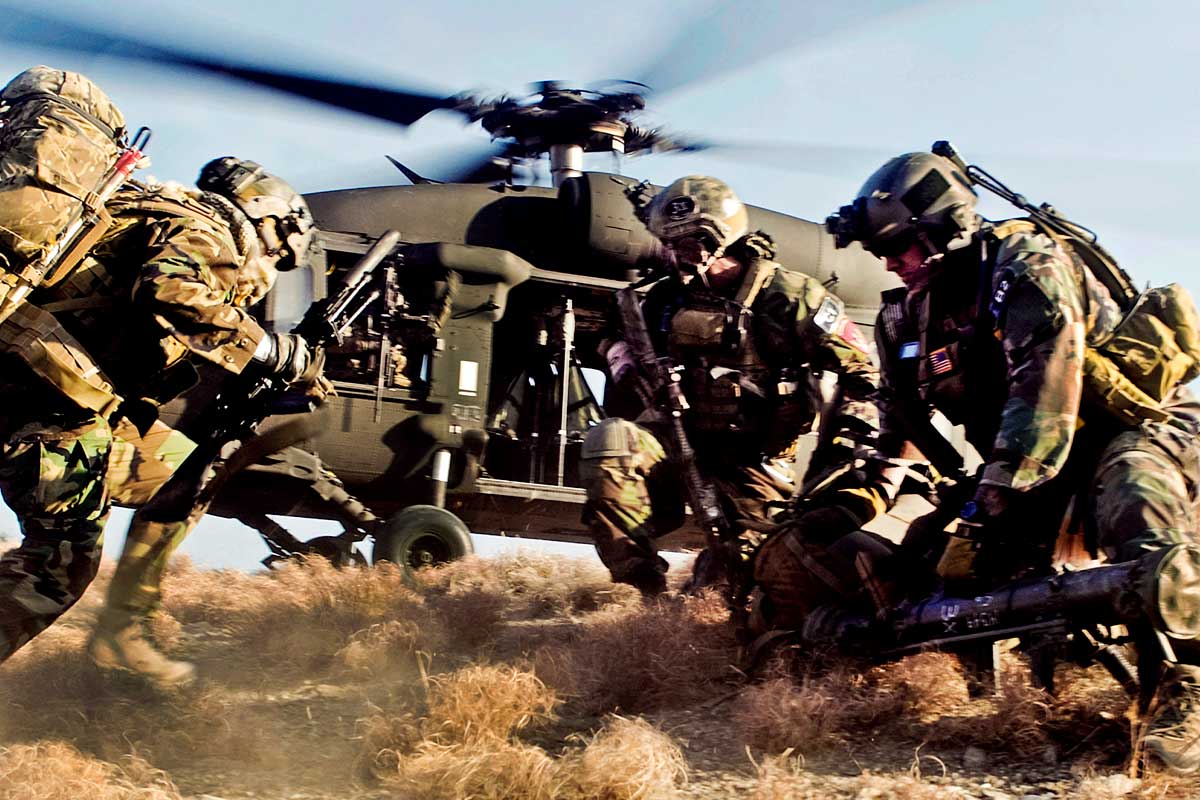The Impact of Sustainable Practices on the Future of Aircraft Workflow and Emissions Reduction
As the aviation sector faces boosting scrutiny over its environmental effect, the fostering of lasting practices arises as a vital path towards future aircraft procedures and emissions reduction. Developments in sustainable aeronautics fuels and innovations in crossbreed propulsion innovations stand at the forefront of this improvement, promising considerable decreases in greenhouse gas discharges.

Overview of Sustainable Practices
Lasting practices in airplane operations encompass a series of strategies aimed at decreasing ecological effect while preserving functional performance. These practices are necessary in the air travel market's commitment to minimizing its carbon footprint and sticking to international ecological criteria. Trick initiatives consist of enhancing trip paths to reduce gas intake, enhancing maintenance protocols to ensure airplane run at peak performance, and executing advanced technologies such as winglets and light-weight products that enhance the rules of aerodynamics.

Engaging and educating staff on sustainability techniques additionally play a crucial role, promoting a society of environmental duty within organizations. Generally, the integration of these lasting techniques not only aids lower emissions however also improves the lasting stability of the air travel market, guaranteeing it fulfills the demands of both customers and regulative bodies while adding to international sustainability objectives.
Cutting-edge Fuel Alternatives
Numerous innovative fuel options are emerging as essential options to lower the aeronautics sector's dependence on traditional fossil fuels. Among these alternatives, Sustainable Aviation Gas (SAFs) have actually gained significant attention due to their possible to reduce lifecycle greenhouse gas discharges by approximately 80% contrasted to standard jet fuels. SAFs are stemmed from numerous feedstocks, consisting of waste oils, agricultural residues, and also algae, making them a versatile alternative for the sector.
An additional appealing option is hydrogen fuel, which, when used in gas cells, generates just water vapor as a by-product. This zero-emission potential presents a substantial possibility for decarbonizing trip operations, particularly for short-haul flights and local aircraft. In addition, electrical propulsion systems are being discovered, leveraging battery technology to power airplane. While current battery capability restrictions variety and payload, ongoing innovations might soon render electrical flights viable for details applications - uh 60.
Lastly, biofuels acquired from biomass are being checked out, providing a renewable alternative that can be blended with standard gas. Collectively, these cutting-edge gas alternatives stand for an important step towards achieving a lasting aviation ecological community, lining up with international discharges decrease targets and improving the sector's environmental stewardship.
Technical Developments in Aeronautics

How can technical improvements improve the future of air travel? The assimilation of advanced modern technologies is critical in changing aircraft operations, boosting efficiency, and minimizing emissions. Advancements such as hybrid and electric propulsion systems are at the center, promising considerable reductions in fuel intake and greenhouse gas emissions. These systems take advantage of improvements in battery technology and energy administration, making it possible for aircraft to operate with a lower ecological impact.
In addition, the application of sophisticated products, such as light-weight composites, adds to enhanced aerodynamics and gas effectiveness. The use of man-made intelligence and artificial intelligence in trip procedures optimizes path planning and decreases gas burn by making it possible for real-time changes based upon climate and website traffic conditions. In addition, the development of independent and remotely piloted airplane systems stands to transform freight and passenger transportation, potentially enhancing performance while reducing human mistake.
Additionally, lasting aviation modern technologies, including sophisticated air traffic administration systems, can lower and streamline operations blockage, bring about lower discharges throughout flight. These improvements collectively stand for a standard shift in air travel, promising a future where sustainability and operational efficiency are intertwined, thus supporting the market's dedication to reducing its environmental effect.

Regulative Structure and Conformity
Taking into account the growing emphasis on environmental stewardship within the air travel industry, the regulative framework controling aircraft procedures is progressing to advertise lasting techniques. Regulatory bodies, such as the International Civil Air Travel Company (ICAO) and numerous nationwide air travel authorities, are presenting rigid guidelines focused on reducing exhausts and improving operational efficiency.
These guidelines usually consist of the adoption of Lasting Aviation Gas (SAF), which has been identified as a key component in attaining reduced carbon impacts. Moreover, compliance with these regulations requires airline companies to apply sophisticated innovations and functional techniques, such as optimized trip courses and improved air traffic management, to reduce fuel intake.
Additionally, the enforcement of exhausts trading schemes and carbon countering efforts is becoming progressively prevalent, engaging airlines to check and report their emissions properly. Non-compliance can result in substantial penalties, hence pushing drivers to prioritize sustainability in their service versions.
Eventually, the developing regulatory landscape not only drives innovation and investment in environment-friendly innovations but also cultivates a culture of liability within the aeronautics industry. As these frameworks remain to develop, the concentrate on lasting practices will be important to accomplishing the sector's lasting environmental objectives.
Future Fads in Aircraft Workflow
As the aeronautics industry adapts to a significantly stringent regulative environment, future trends in airplane procedures are readied to concentrate on innovative solutions that better enhance sustainability and efficiency - uh 60. Secret growths will likely consist of the adoption of advanced air web traffic administration systems, which make use of real-time information and artificial intelligence to enhance flight paths, minimizing gas intake and emissions
Another significant trend is the enhanced combination of lasting aeronautics gas (SAFs) These choices to standard jet gas, originated from eco-friendly sources, can considerably decrease lifecycle greenhouse gas exhausts. The sector's dedication to SAFs will likely increase as airline companies team up with gas manufacturers to make sure schedule and cost-effectiveness.
In addition, the press in the direction of electrification and hybrid propulsion systems is obtaining energy. go to this web-site Arising airplane layouts will certainly integrate these innovations, using quieter and a lot more effective operations, especially for short-haul trips.
Verdict
In verdict, the assimilation of lasting methods in aircraft procedures holds substantial capacity for emissions decrease and improved performance. The fostering of sustainable aeronautics fuels, paired with improvements in hybrid and electric propulsion systems, is important for minimizing lifecycle greenhouse gas exhausts. In addition, enhancing flight courses and welcoming innovative innovations add to a quieter and more eco friendly aeronautics industry. Collectively, these initiatives straighten with international sustainability objectives and pave the method for a greener future in air travel.
Technologies in sustainable aviation fuels and improvements in hybrid propulsion innovations stand at the forefront of this change, promising considerable decreases in greenhouse gas emissions.Various cutting-edge fuel alternatives are emerging as essential options to decrease the aeronautics industry's dependence on typical fossil gas - uh 60. Among these alternatives, Lasting Air travel Fuels (SAFs) have obtained considerable interest due to their potential to decrease lifecycle greenhouse gas emissions by up to 80% compared to conventional jet fuels.Another substantial pattern is the increased assimilation of lasting aeronautics gas (SAFs) The adoption of lasting aeronautics gas, coupled with innovations in discover here electrical and hybrid advice propulsion systems, is vital for decreasing lifecycle greenhouse gas exhausts